Last year, as in the previous year, we saw declines in sales in major European DIY markets. Is the market simply shrinking back to pre-Covid levels, or is home improvement fundamentally in trouble?
Thierry Garnier: We saw the impact of several factors. There was the cost of living crisis and the perception of inflation for customers, which impacted consumer confidence. So we saw consumer confidence being relatively low, and as a consequence discretionary spending was more impacted than grocery for example. In parallel, the housing market was difficult because interest rates were high. So, past years were a combination of lower consumer confidence, impact on discretionary spending, and in parallel housing transactions being down, and therefore people not moving, not buying new apartments, etc. This meant all the project categories like kitchens, bathrooms or flooring were impacted.
Overall, the volumes of the DIY market are probably still below the pre-pandemic level. But in the medium term, we should be optimistic, and at Kingfisher this year, we’ve had a good start, which we announced at our Q1 results in May.
The DIY markets will continue to recover for several reasons. In the context of our work as part of EDRA/GHIN, one of these is that a lot of governments and therefore businesses are working hard on net zero. This means more investments to renovate homes in the coming 20 years. That’s about insulation, doors and windows, but also heat pumps or solar panels.
What we also see is that more people are now working from home after Covid. Even though there is a trend to call them back to offices, there is a larger proportion of people working from home than pre-Covid. And that as well should support more investments in the DIY market.
And finally, we have seen people restarting DIY during Covid and especially the younger generation being at home and learning by YouTube or Instagram videos how to do their DIY projects.
However, we have seen these government initiatives for energy-efficient renovation for years already without major impact …
Yes, but the trend towards energy-efficient renovation will stay and will be very important in the future, and it’s not a question of one or two years. It’s a long-term trend, and we will see positive consequences of this trend on the DIY market.
In recent years, “uncertainty” used to be the preferred word to describe the situation on the markets: inflation, declining sales, the war etc. were the key words. Now, there is a new…

 Menü
Menü




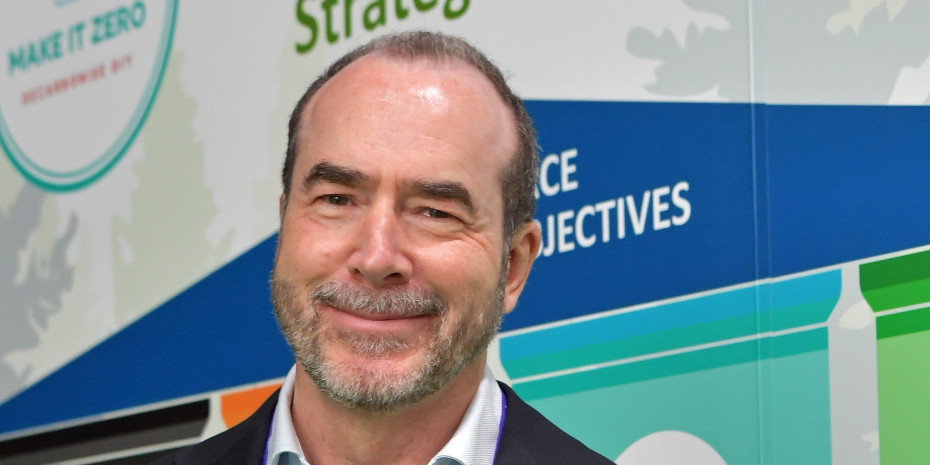


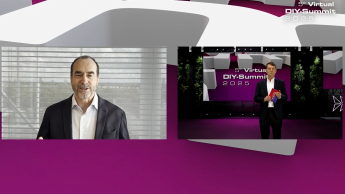
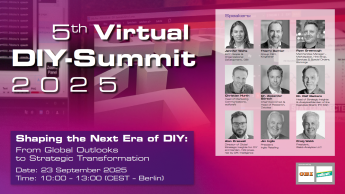
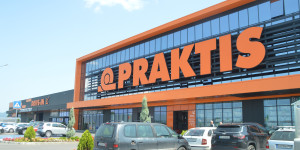


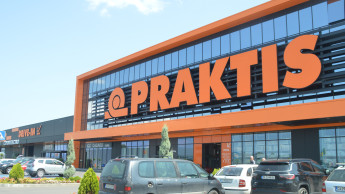
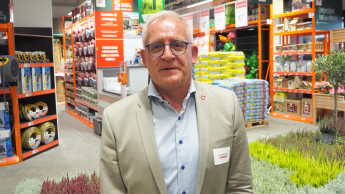
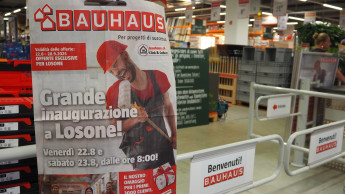
 Newsletter
Newsletter